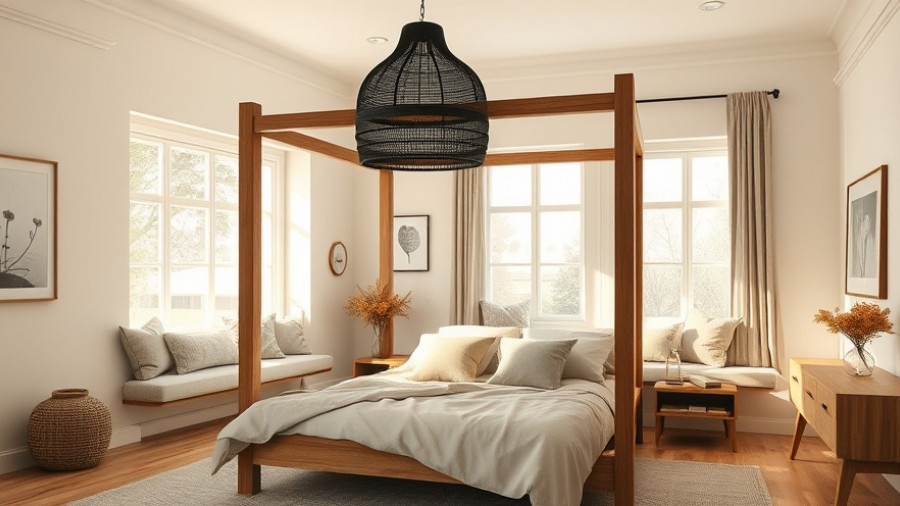
Rethinking Affordable Housing Through Design
When discussing affordable housing, many people focus solely on budgetary constraints. However, a paradigm shift towards viewing affordable housing as a design challenge unveils significant opportunities for innovation and functionality. The concept of affordable housing extends beyond price; it emphasizes creating spacious, functional, and aesthetically pleasing living environments that retain human dignity. As housing insecurity continues to escalate nationwide, design begins to play a crucial role in addressing these pressing issues.
What Does “Affordable” Mean in Today’s Design Landscape?
Affordability transcends merely financial constraints. A well-designed space also prioritizes efficiency and utility, which can lead to cost savings in essential living expenses such as utilities. In this context, interior design becomes a conduit for social impact. Projects in this realm aim to ensure every design choice—be it in layout, color, or material—contributes to a better quality of life for residents. For instance, utilizing multi-functional furniture can transform tightly packed units into welcoming homes without burdening budgets.
Fostering Community Connections Through Design
The importance of communal spaces in affordable housing cannot be overstated. Incorporating shared green spaces, communal gardens, and well-lit walkways isn’t just about providing amenities; it’s about creating connections among residents. Urban planning strategies that integrate affordable units into mixed-income neighborhoods promote social inclusion and combat stigma associated with low-income housing. It reinforces the belief that everyone deserves to reside in a thoughtfully designed environment, regardless of their financial status.
Sustainability Without Compromise
Integrating sustainability within the boundaries of affordability represents a pivotal challenge and opportunity in housing design. Employing energy-efficient materials, incorporating solar panels, and utilizing low-flow water fixtures can significantly decrease long-term costs, fostering both financial and environmental health. Affordable housing projects can incorporate eco-friendly practices that don’t inflate costs but rather enhance the living experience. From well-placed skylights that maximize natural light to sourcing local materials, these choices add both character and warmth to homes without excessively driving up prices.
The Emotional Resonance of Good Design
Understanding the psychological impact of space is critical in housing development. The design elements—from wall color to natural textures—can deeply affect residents’ moods and behaviors. A well-designed environment can elicit feelings of pride and comfort. When residents feel good about their homes, they are more inclined to maintain them and engage positively within their communities. This aspect of design should not be relegated to the sidelines—it is a fundamental right that contributes to the dignity of living.
Conclusion: Making a Call to Action for Thoughtful Design
As we've seen, the intersection of design and affordability reveals rich insights about how we approach housing. (If you’re a homeowner or potential homeowner, consider how these principles could influence your own living spaces or inform your design decisions.) As you reflect on this topic, remember that embracing thoughtful design in affordable housing ultimately enriches lives. It's not merely about homes; it's about ensuring every individual feels valued within their community. Seek to advocate for housing that doesn't just serve its inhabitants but inspires them.
 Add Row
Add Row  Add
Add 




Write A Comment